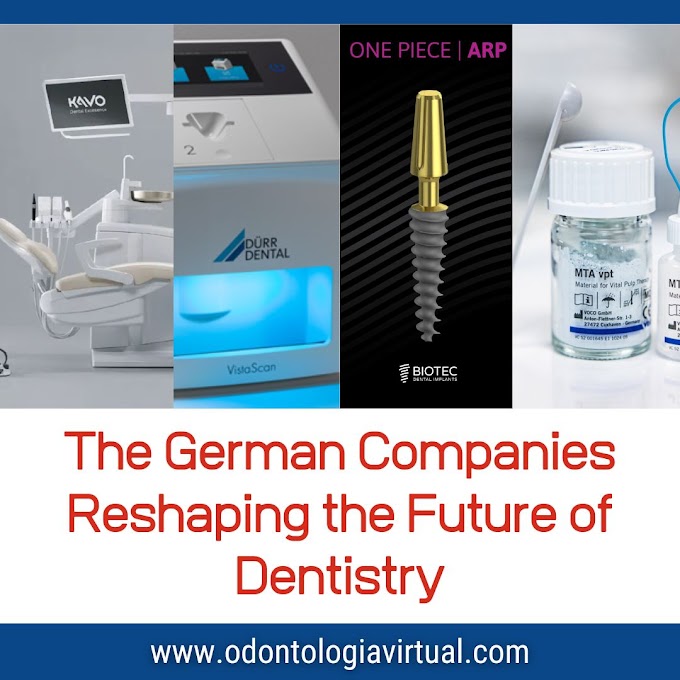Alveoloplasty is a pivotal surgical procedure in pre-prosthetic dentistry, aimed at reshaping and smoothing the alveolar ridge following tooth extraction.
This intervention ensures optimal support and fit for dental prostheses, enhancing both functionality and aesthetics.
The choice between conservative and radical alveoloplasty techniques is influenced by various factors, including the extent of bone irregularities, patient-specific anatomical considerations, and the intended prosthetic rehabilitation.
Alveoloplasty involves the surgical recontouring of the alveolar bone to eliminate sharp edges, undercuts, or irregularities that may impede the placement and comfort of dental prostheses.
This procedure can be performed concurrently with tooth extraction or as a separate intervention during the healing phase.
The primary goal is to create a smooth, contoured ridge that facilitates the fabrication and function of dentures or other prosthetic devices.
Conservative vs. Radical Techniques
☑ Conservative Alveoloplasty
Conservative alveoloplasty focuses on minimal bone removal, preserving as much of the natural alveolar ridge as possible.
This approach is suitable when minor adjustments are needed to correct small irregularities or sharp bone spicules.
Advantages
✔ Preservation of bone volume, which is beneficial for future implant placement.
✔ Reduced surgical trauma and faster healing times.
✔ Lower risk of postoperative complications.
Disadvantages
✔ May not adequately address significant bone deformities.
✔ Potential need for additional procedures if initial results are insufficient.
☑ Radical Alveoloplasty
Radical alveoloplasty entails more extensive bone removal to correct pronounced irregularities or undercuts.
This technique is often employed in cases where significant recontouring is necessary to accommodate a prosthesis.
Advantages
✔ Provides a more uniform and stable foundation for prosthetic appliances.
✔ Addresses severe bone deformities effectively.
Disadvantages
✔ Greater bone loss, which may complicate future implant placement.
✔ Increased surgical time and potential for longer healing periods.
✔ Higher risk of postoperative complications.
Recent Scientific Insights
Recent studies have explored various aspects of alveoloplasty techniques:
☑ A 2024 study introduced a new technique for performing alveoloplasty with extractions, enhancing the surgeon's ability to preserve adequate bone, reshape the alveolar ridge, and minimize surgical time.
☑ A systematic review published in the Journal of Periodontology evaluated the efficacy of biologics for alveolar ridge preservation and reconstruction, finding that the use of biologics may promote bone formation during earlier stages of healing.
☑ An overview on ScienceDirect emphasizes that the goal for alveoloplasty is to achieve optimal tissue support for the planned prosthesis while preserving as much bone and soft tissue as possible.
Conclusion
The decision between conservative and radical alveoloplasty should be individualized, taking into account the patient's anatomical features, the extent of bone irregularities, and the specific requirements of the planned prosthetic rehabilitation.
While conservative techniques are preferable for preserving bone and minimizing trauma, radical approaches may be necessary in cases with significant deformities.
Ongoing research and advancements in surgical methods continue to refine these techniques, aiming to optimize patient outcomes in prosthetic dentistry.
References
- Alveoloplasty: A Paradigm Shift to a More Efficient Surgical Technique. Journal of Oral and Maxillofacial Surgery.
- Efficacy of Biologics for Alveolar Ridge Preservation/Reconstruction and Implant Site Development: A Systematic Review. Journal of Periodontology.
- Alveoloplasty. Pocket Dentistry.













